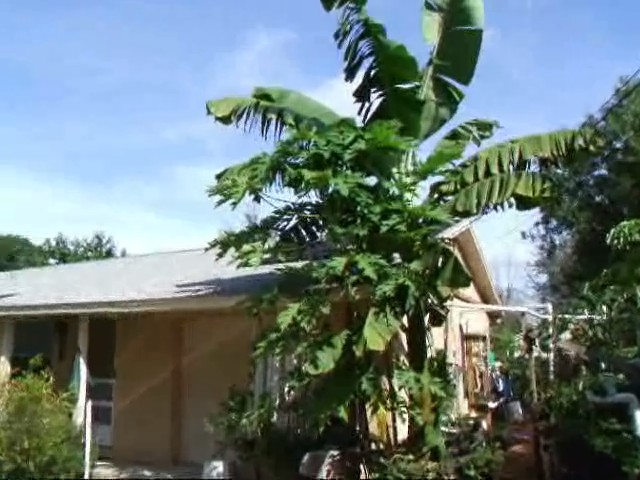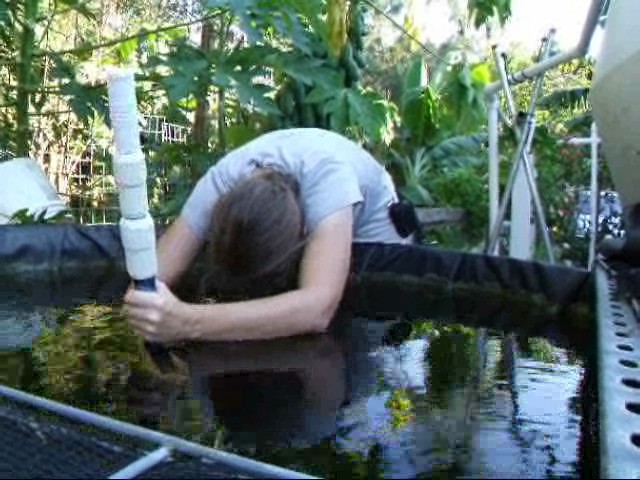Originally posted by TCLynx on AGC, June 11, 2010
I have grown Blue Tilapia but am no longer growing them. I found it too
much trouble to keep them warm through the winter without using
electricity to heat the water.
Here are excerpts of the article I
wrote on them for the Backyard Aquaponics Magazine (Full article with
the pictures is available in the 6th issue of the Magazine.)
Tilapia, Blue Tilapia, Oreochromis aureus
Family: Cichlidae (Cichlids), subfamily: Pseudocrenilabrinae
Order: Perciformes (perch-likes)
Class: Actinopterygii (ray-finned fishes)
Tilapia is an important aquaculture fish. They can grow fast given good conditions. They are forgiving of poor water quality compared to many other aquaculture species and can survive
relatively low levels of dissolved oxygen in their water. They are also
adaptable to a wide variety of
feed. They can live in both freshwater
and brackish water.
However, they do require warm water. They can survive temperatures ranging from 8 to 30 degrees C (47 to 86 degrees F) and can even tolerate a water temperature up to 41 degrees C (106
degrees F). A minimum temperature of 20-22 degrees C
(68-72 degrees
F) along with a long photo period seems necessary for breeding. I have
been told that water temps below 53
degrees F may permanently compromise the immune systems of the fish.
Tilapia are prolific breeders and can start breeding while they are still quite small. Excessive breeding activity tends to reduce growth rates and cause crowding. Most commercial tilapia
growers use all male
stock to get more consistent growth, the males
grow faster. Getting all male tilapia can be done is a
variety of ways; by manually checking the fish for gender though this is
prone
to error and is labor intensive, by feeding the fry hormone laced food
to cause
all the fry to develop as male, or to cross breed such fish that will
produce
only male offspring.
Tilapia are mouth brooders, to breed the female will lay eggs, the male fertilizes them and then the female will pick the eggs back up and brood them in her mouth. I have been
keeping tilapia in a cage within my fish tank to keep them from breeding. As
long as they can’t access a bottom
surface, they can’t complete the breeding process.
Male tilapia seeking to breed and female tilapia getting ready to release their young can be very aggressive.
Young tilapia have an extreme protein hunger and will happily eat their smaller siblings. High protein feed is recommended for tilapia fry and fingerlings if you are seeking
fast growth. Adult tilapia can filter
feed and pond culture often uses algae blooms to feed tilapia. Tilapia
will take to pellet feed as well as
leafy greens, vegetables, worms and bugs.
I personally don’t recommend growing tilapia
unless 68-70 F is the coolest the water is likely to get and 80-90 F is the
normal water temperature range.
There are many info sources out there that tout
tilapia as being wonder fish for aquaculture and aquaponics. I don’t
think these ravings are very realistic since many of the people hearing
them or reading them take it to mean that even under the worst of
conditions that tilapia will still produce these
high harvest
weights during minimal time.
The truth is the harvest weights and times are only close to
accurate
for the best of water quality, temperature, and feed conditions.





Leave a Reply